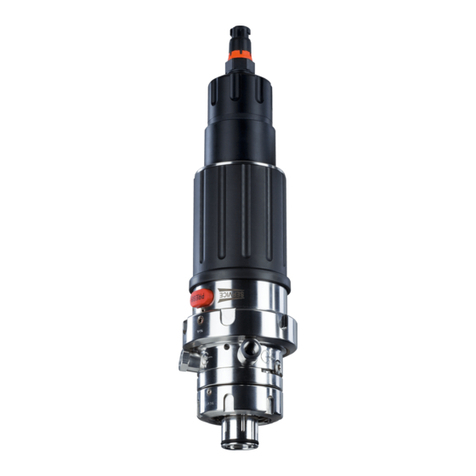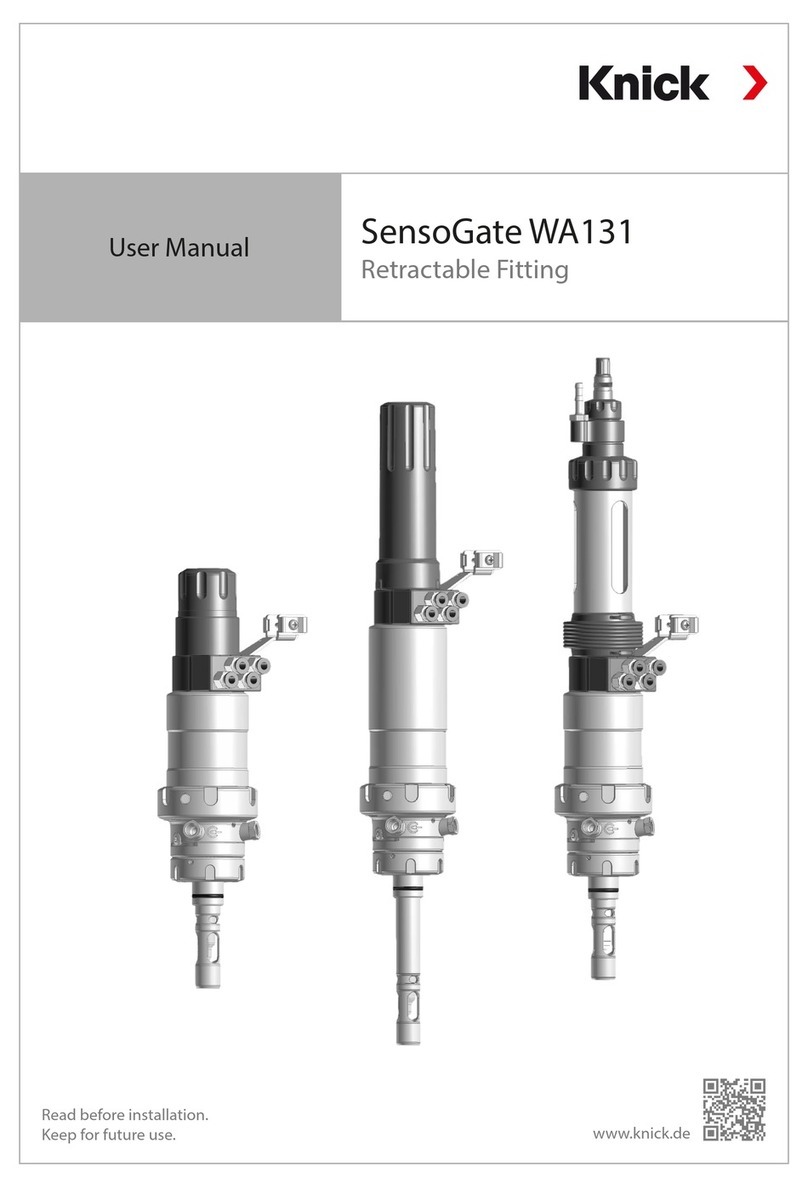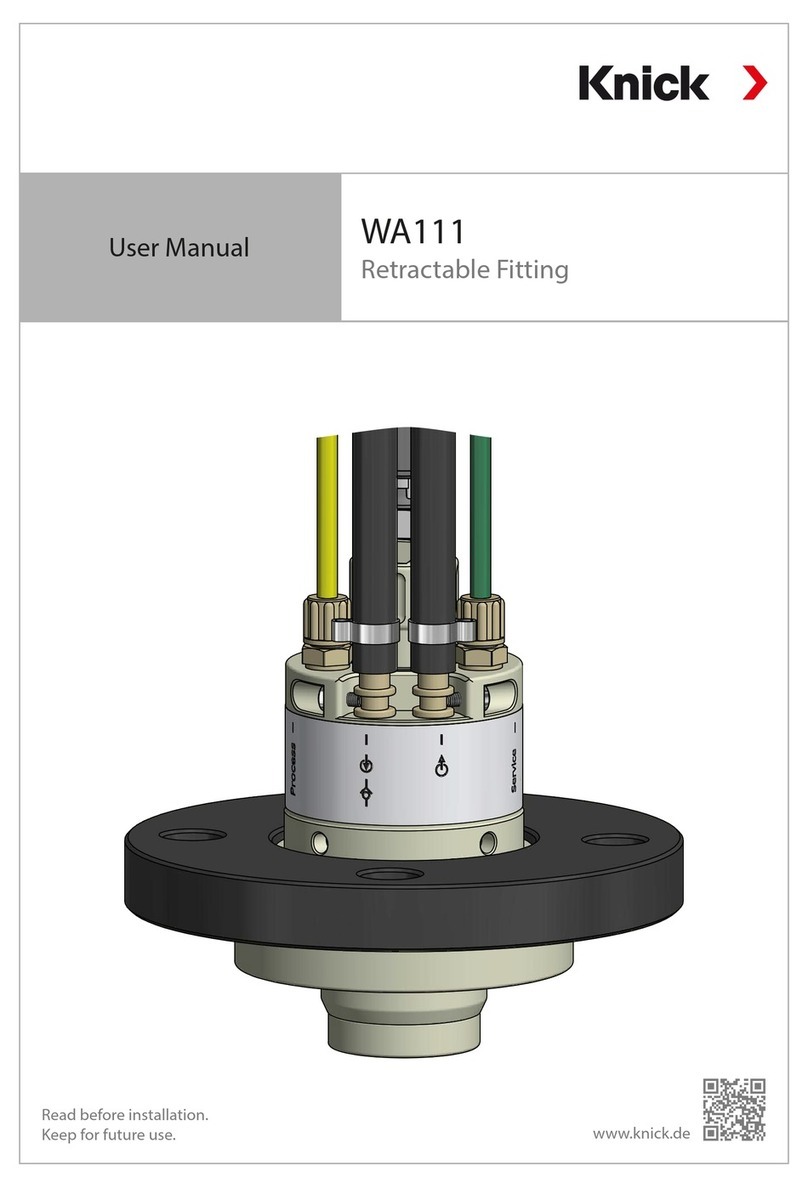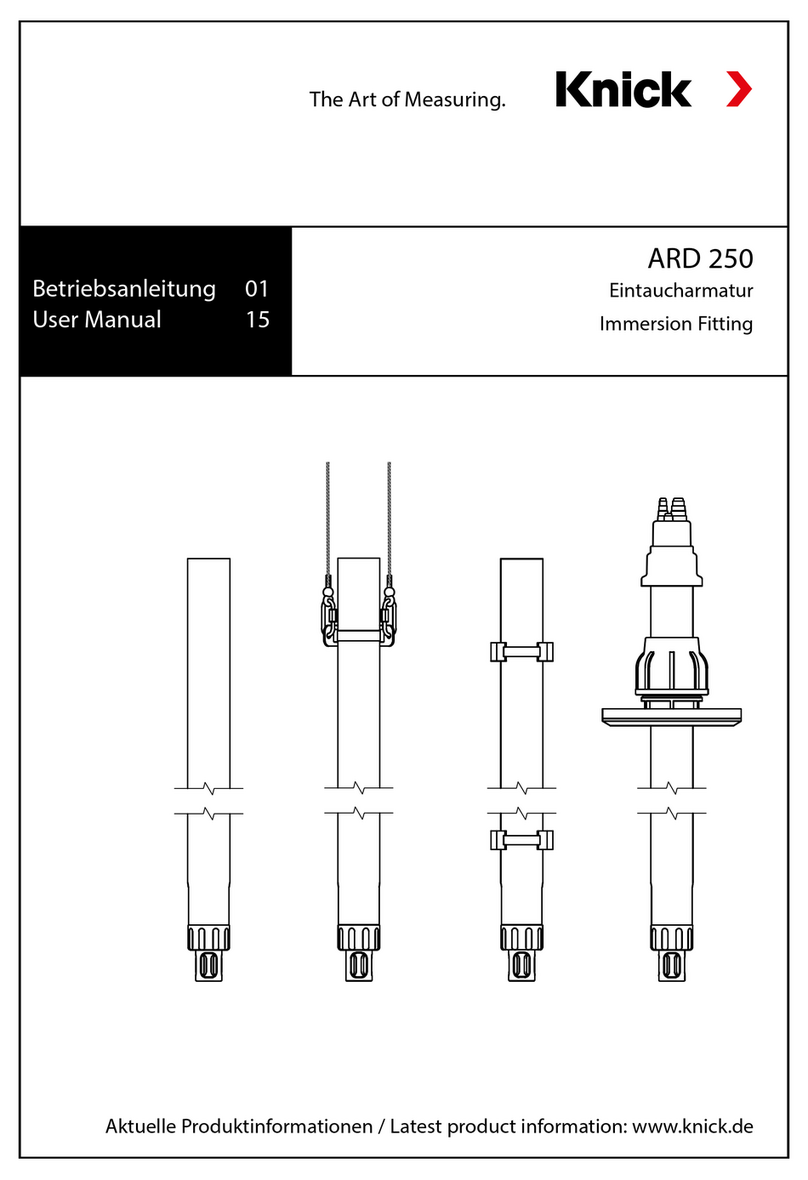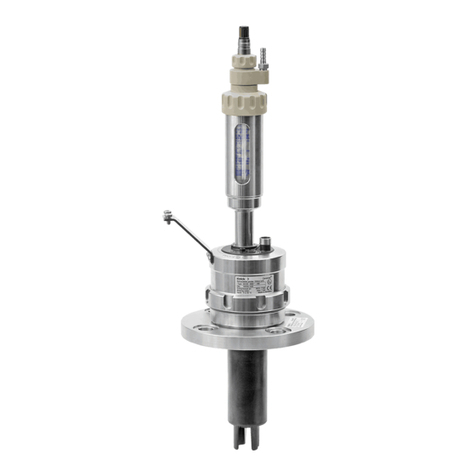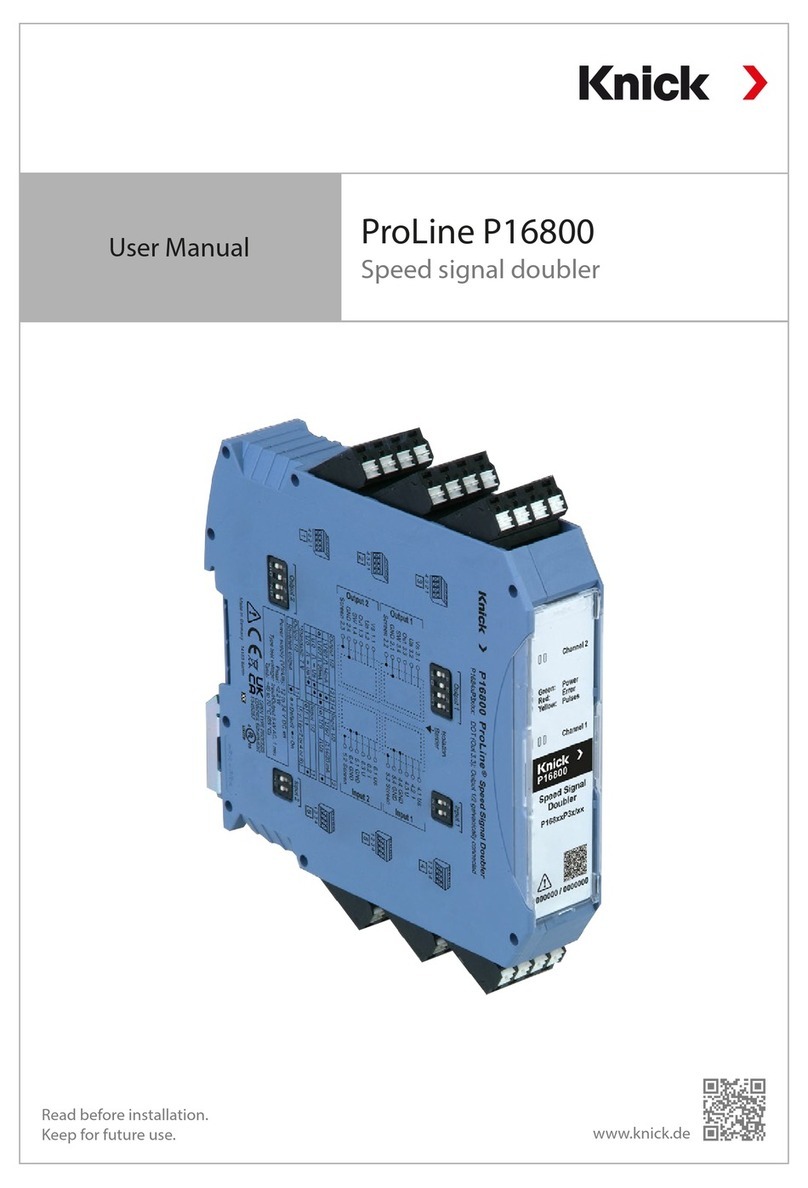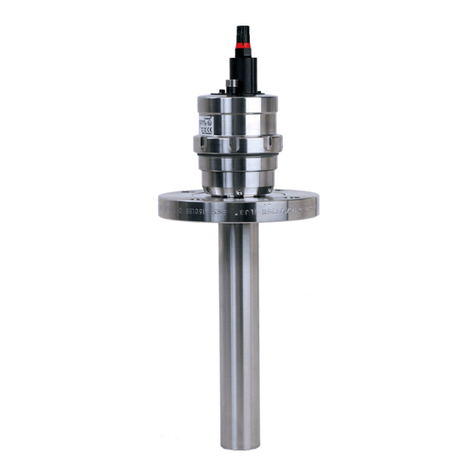
Table of Contents
SensoGate WA 132
Safety Instructions ........................................................................................................................... 3
Intended Use..................................................................................................................................... 5
Symbols and Markings.................................................................................................................................................................. 5
Rating Plates ..................................................................................................................................................................................... 6
Package Contents ........................................................................................................................................................................... 6
SensoGate WA 132 Product Coding................................................................................................7
Function Description........................................................................................................................ 8
Overview of Retractable Fitting......................................................................................................9
Modular Design: Drive Unit, Immersion Tube, Process Adaptation...........................................................................10
SensoLock .......................................................................................................................................11
Media Connection ..........................................................................................................................12
Installing the Media Connection.............................................................................................................................................12
SERVICE Position ............................................................................................................................13
PROCESS Position...........................................................................................................................14
Installing and Removing a Sensor ................................................................................................15
Sensors with Solid Electrolyte.......................................................................................................16
Short Immersion Depth..............................................................................................................................................................16
Installing the Sensor ................................................................................................................................................................16
Removing the Sensor..............................................................................................................................................................18
Long Immersion Depth...............................................................................................................................................................19
Installing the Sensor ................................................................................................................................................................19
Removing the Sensor..............................................................................................................................................................21
Sensors with Liquid Electrolyte.....................................................................................................23
Installing the Sensor ................................................................................................................................................................23
Removing the Sensor..............................................................................................................................................................24
Drive Unit ........................................................................................................................................25
Removing the Drive Unit .......................................................................................................................................................25
Installing the Drive Unit .........................................................................................................................................................26
Immersion Tube ..............................................................................................................................27
Replacing the Immersion Tube............................................................................................................................................27
Removing the Immersion Tube...........................................................................................................................................28
Installing the Immersion Tube .............................................................................................................................................29
Calibration Chamber......................................................................................................................30
Removing the Calibration Chamber..................................................................................................................................30
Installing the Calibration Chamber....................................................................................................................................31
Installation Dimensions.................................................................................................................32
Specifications..................................................................................................................................36
Maintenance ...................................................................................................................................37
Maintenance Intervals.................................................................................................................................................................37
Servicing the Immersion Tube .................................................................................................................................................37
Servicing the Drive Unit .............................................................................................................................................................38
Lubricants, O-Rings ......................................................................................................................................................................38
Sealing Kits for Maintenance and Servicing .......................................................................................................................39
Accessories / Spare Parts ...............................................................................................................40
Declaration of Contamination.......................................................................................................42
Index................................................................................................................................................43
2
